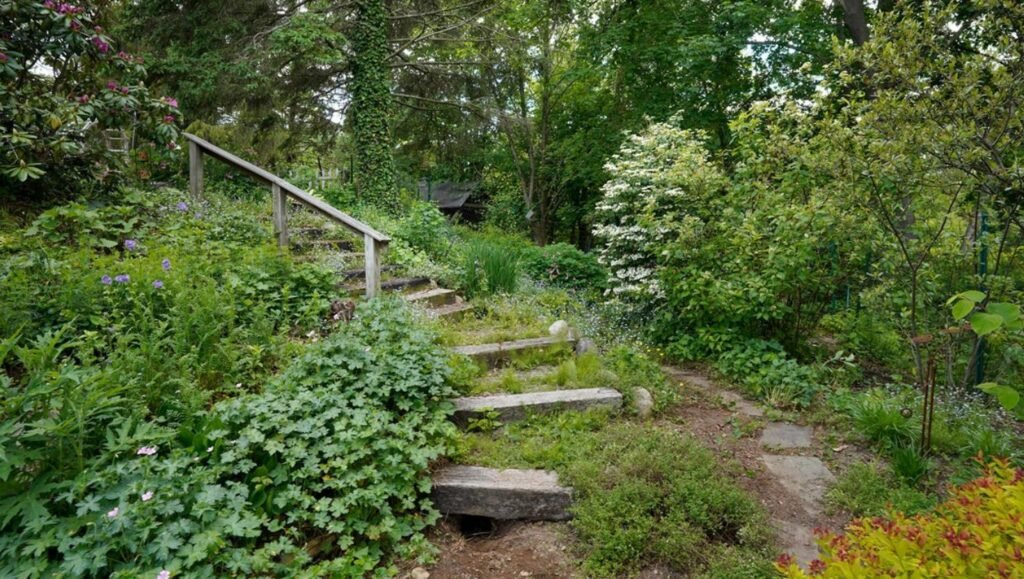Native plants are not only beautiful and easy to grow, but they also provide many benefits for your garden and the environment. In this article, we will explore some of the reasons why you should choose native plants for your garden, and how to find the best ones for your region.
What are Native Plants and Why are They Important?
Native plants are plants that have evolved in a specific area over a long period of time, and are adapted to the local soil, climate, and conditions. They have also co-evolved with the local wildlife, forming complex relationships that support biodiversity and ecosystem health.
Some of the benefits of native plants are:
- They attract pollinators, such as bees, butterflies, and hummingbirds, which are essential for food production and plant reproduction.
- They provide food and shelter for birds, mammals, reptiles, amphibians, and insects, creating a rich and diverse habitat in your garden.
- They conserve water and reduce erosion, as they are well suited to the rainfall and drainage patterns of your area.
- They reduce the need for fertilizers, pesticides, and herbicides, as they are more resistant to pests and diseases than non-native plants.
- They enhance the beauty and uniqueness of your garden, as they reflect the natural heritage and character of your region.

How to Choose Native Plants for Your Garden
Choosing native plants for your garden can be a rewarding and fun experience. There are many sources of information and inspiration that can help you find the best native plants for your garden.
Some of the sources are:
- The Texas Observer article on Choose Native Plants!, which features a list of native plant nurseries in Texas, as well as tips on how to design a native plant garden.
- The National Geographic article on Why you should add native plants to your garden, which explains the ecological benefits of native plants and showcases some examples of native plant gardens across the country.
- The Penn State Extension article on Choosing Native Plants for the Garden, which discusses how to identify native plants and where to find them in your area.
- The National Wildlife Federation’s Native Plant Finder, which allows you to search for native plants by zip code, plant type, bloom color, and wildlife value.
- The Lady Bird Johnson Wildflower Center’s Native Plant Database, which provides detailed information on thousands of native plants from North America.
How to Plant and Care for Native Plants
Once you have chosen your native plants, you need to plant them in a way that ensures their success and longevity. Here are some tips on how to plant and care for native plants:
- Choose a site that matches the light, moisture, and soil requirements of your native plants. You can find this information on the plant labels or online databases.
- Prepare the soil by removing any weeds, rocks, or debris. You may also need to amend the soil with organic matter or compost if it is too sandy or clayey.
- Dig a hole that is slightly larger than the root ball of your native plant. Gently loosen the roots and place the plant in the hole. Fill the hole with soil and press it firmly around the plant. Water thoroughly.
- Mulch around your native plant with organic material, such as wood chips, pine needles, or leaves. This will help retain moisture, suppress weeds, and moderate soil temperature.
- Water your native plant regularly until it is established. After that, you can reduce watering depending on the weather and the plant’s needs. Native plants generally need less water than non-native plants once they are established.
- Prune your native plant as needed to remove dead or diseased branches, or to shape it according to your preference. Some native plants may also benefit from periodic cutting back or dividing to rejuvenate them or control their size.
By following these steps, you can enjoy a beautiful and healthy native plant garden that will also benefit the environment.
